How to Encourage Creativity in a Child
- • 7 MIN READ 📖

On This Page:
- Why Is Creativity Important for Child's Development
- Factors that Stifle Creativity
- 5 Tips How to Stimulate Creativity in Everyday Activities
- Provide Opportunities for Exploration and Discovery
- Encourage Imagination and Storytelling
- Support Creative Expression through the Arts
- Foster Problem-Solving Skills
- Provide Opportunities for Collaboration and Teamwork
- How to Measure the Impact of Creativity on Child's Development
- What Are Common Myths of Creativity in Children
According to the “Children’s Creativity as a Manifestation and Predictor of Their Wisdom” research, creative intelligence serves as a foundation for kids’ higher achievements in the future. One cannot but agree with the statement. After all, it is creativity that helps kiddos develop induction and deduction, associations, critical thinking, and social skills. And it’s part of the parental responsibility to cultivate creativity in little ones and introduce them to all possible channels to express themselves. Let’s look at what actually hides behind the mysterious phenomenon and how to encourage creativity in a child.

Why Is Creativity Important for Child's Development
Scientifically speaking, creativity is “the use of original/unique ideas or/and imagination to invent/improve something.” The definition alone is enough to realize the importance of encouraging creativity.
But let us dig a bit deeper.
Creative moments are an integral part of development since they free the baby’s mind so that they can learn faster and easier. No pressure or frames that can potentially limit them! They absorb new information and are actually curious about asking questions and advocating their answers.
Considering the uncertainty and unpredictability of our world, envisaging the future job market is next to impossible. What’s it all about? Today’s kiddies will face a reality where they’ll be required to be over-creative to earn their living.
Teaching children empathy is a must. Through various creative channels, teaching emotions can be done effortlessly. This will help little ones learn to manage their own emotions while respecting those of others.
Finally, creativity is all about being your true self. What can be harder in the world that dictates the rules? It’s creative flows that let you keep it up while making a living in a brutal environment.
Factors that Stifle Creativity
Fostering creativity in tots requires tolerance, patience, and open-mindedness. In today’s busy world, moms and dads must juggle parenting roles and job routines. They cannot provide youngsters with the support and space to get creative. As a result, creativity fades away as the child grows up. Not because little buds can’t be creative, but rather because of the factors that stifle creativity:
- Questions are taboo. Most kids have dozens of questions they’d like answered here and now. As a rule, the repeating questions are their way of learning about the world. That’s when patience comes into the scene…or not. If parents tend to lose patience frequently, it will eventually discourage children from asking questions or being curious. Under such circumstances, child creativity diminishes.
- Limiting screen time. While most parents do their best to cut off the gadget time, not all is that simple. Based on the study published in the journal Child Development, not allowing kids to browse the cyber world can actually harm them. What matters most is the quality of time spent online. There’s a difference between mindlessly Snapchatting and performing research for a school team project.
- Being too busy. When life is planned to the minute, finding time to think or create is hard. Chances are you know it from personal experience of an office job.
- Not respecting their viewpoint. Whether making an apple pie or feeding the cat, kiddoes need to know they’re welcome to express their vision of the process and do things their own way. When parents insist on only one way of being correct, it will kill the spirit of out-of-the-box thinkers.
- Not letting children fail. Nobody’s perfect! However, some parents forget that failing is part of the process. Let them fail over and over again to learn resilience and think for themselves.
5 Tips How to Stimulate Creativity in Everyday Activities
It all starts with you. Parents or caregivers are the first to either spark or crush the creative streak in kids. To help you get started, our team came up with some tried-and-tested strategies on how to stimulate creativity in children. The reality is that you can do a lot to let out their inner artist.
1. Provide Opportunities for Exploration and Discovery
Regarding activities that promote creativity, the options are endless. Nobody knows your kids better than you, so the very first thing is to listen to what they’d like to do and do your best to contribute to this. Role-play is one of the fantastic and most effective ways to activate a kid’s imagination. If they’re struggling to come up with ideas, help them along the way! A wooden play kitchen can create a super entourage for all possible scenarios – from hosting a tea party to running a fancy restaurant where any food can be served.

They’ll create anything with useful accessories at hand:
- Montessori cutting set. The truth is that their dramatic playtime is not just the other routine game. It’s when kiddos can imitate the adults they adore and feel part of the grown-up world. To make it safe, provide a quality cutting set so they can try out every stage of the culinary process.
- Wooden microwave oven. Whether they play the role of a busy mom, chef, or sous chef, no home or restaurant kitchen can exist without a microwave oven. Help kids imagine themselves in new creative roles by supplying the objects and foods they need.
- Wooden pizza toy set. Who doesn’t love pizza? Looking good in any kitchen, the set will definitely vary the menu.

2. Encourage Imagination and Storytelling
What’s the most beneficial thing parents can do to boost kids’ creativity? Extra workshops or tuition? Maybe. However, the so-called storytelling comes first. Not only does it stimulate curiosity and boosts listening skills, but it also sparks imagination and overall communication. Each is crucial for proper child development. To share quality time with the little one and get those creative mechanisms working, include things like a woodland name board to create a powerful play routine. Simple items like woodland or space name board are probably the easiest ways to encourage exploration and teach toddlers that objects have forms, colors, names, etc.

3. Support Creative Expression through the Arts
Already classic, art promotes creativity like no other. Both phenomena are linked naturally, so you don’t have to put much effort into the process. Parents are only required to offer a thriving environment where kids feel safe to create and experiment.
Art activities vary, so you just need to consider your kid’s preferences and tastes to pick something appropriate. Regardless of the type of art you incorporate, ensure it fits the following criteria:
- The activity is open-ended and fun;
- It’s not difficult to master;
- Children are interested in getting back to the activity time and again;
- The results of work look appealing.
Studies show that tinies exposed to the arts regularly tend to be more creative and innovative when it comes to thinking outside the proverbial box. And that is surely one of the key elements of individual prosperity in the XXI century.
Having a difficult time not knowing what to do with all the masterpieces your little Monet crafted? Find out how to display children's artwork at home to avoid clutter and ensure a prodigious artist feels content and recognized.

4. Foster Problem-Solving Skills
Solving problems is part of the adulthood package. Learning how to identify and come up with the right solutions should be encouraged at home, in kindergarten, and later in school. Not only will it help toddlers build healthy relationships with others, but also boost creativity which is an essential part of a successful problem-solving process.
As children handle problems on their own, they get more resilient and independent. In one of our previous articles – How to Raise an Independent Child – we’ve already discussed the most effective strategies to help youngsters navigate the rapidly changing and challenging life. With solid problem-solving skills, kids grow up independent but also motivated, curious, and innovative.

5. Provide Opportunities for Collaboration and Teamwork
Based on “The Relationship between Creativity and Teamwork: The Effect of Improved Teamwork on the Creative Output of Gifted Students” research, there is a link between the ability to work in a team and creativity. Find all possible ways to be creative at home and engage kids in the process to ensure everyone has an opportunity to shine. As the world is getting more and more connected, it’s no wonder more and more jobs include teamwork projects that require the ability to share, consider the viewpoints of others, and compromise. Creativity is one of the crucial skills to ease, improve collaboration, and achieve the desired results.
How to Measure the Impact of Creativity on Child's Development
Just like any other skill, creativity can be encouraged and enhanced with time. It’s not something innate. With all the techniques mentioned above, you can nurture it in a child and, more importantly, track the progress. However, the authors of the “The Measurement of Creativity: From Definitional Consensus to the Introduction of a New Heuristic Framework” research will tell you that taking a single test or asking a question won’t measure the impact creativity has on a kid’s development. It’s a broad spectrum that involves a range of abilities activated. Although psychologists have developed various methods, you can take a simple route. This includes observing and communicating with the child to notice positive changes in their ability to think and express themselves creatively. If you know the true reasons behind each kiddo’s behavior, you understand them better and, consequently, create an environment for them to thrive.

What Are Common Myths of Creativity in Children
Although more and more scientific works on creativity have popped up here and there, many people are still looking for some mysterious meaning behind the phenomenon. As a result, they have a distorted idea about it. Check out the most common myths of creativity, and please, be ensure to root out those from your life philosophy.
- All bambinos are creative. All kids are different, and that’s totally fine if your child isn’t walking creativity.
- Creativity is all about art. The phenomenon goes far beyond Renaissance sculptures and hip-hop songs. It’s an integral part of medicine, IT, and many other areas you cannot even imagine.
- Creativity can be nurtured through games only. The reality is that it can be encouraged in the most unorthodox ways. The only requirement – get out of the way and let them create.
- Children are more creative than you are. The good news is that the phenomenon has nothing to do with sex, race, or age.
- Youngsters’ creative potential can be unleashed only with complete freedom of action. Parental supervision is necessary to keep the next generation from hurting themselves or others. Permissive parenting has nothing to do with creativity.
Now it’s clear that dozens of ways to upgrade a child's creative potential exist, and it’s just a matter of time before the chosen strategies start bearing the first fruits. Your role in the process is quite simple, though – to create a fertile atmosphere in which their creativity shows up, grows, and flourishes.


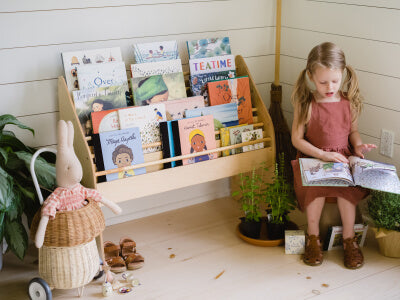
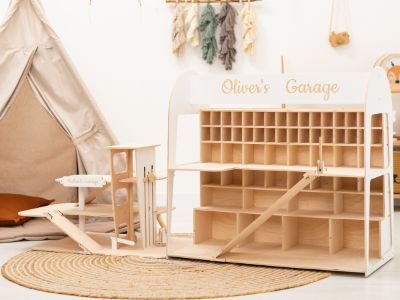

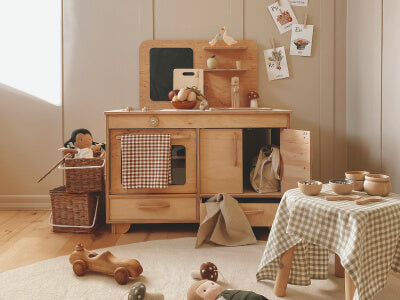
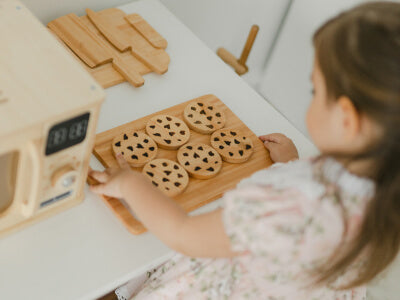
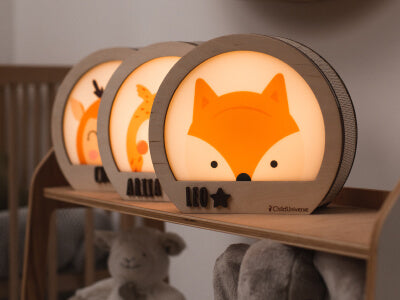

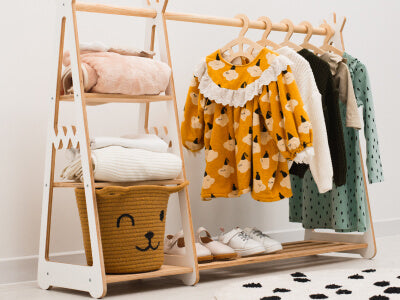

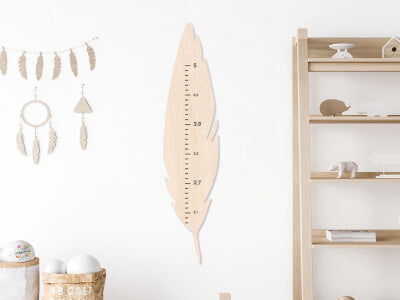
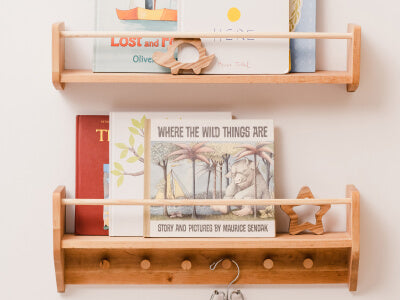
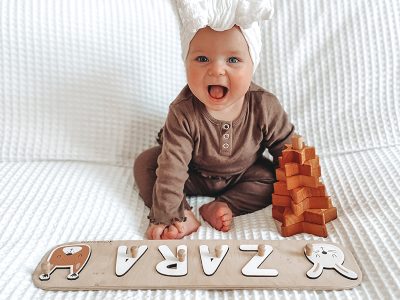
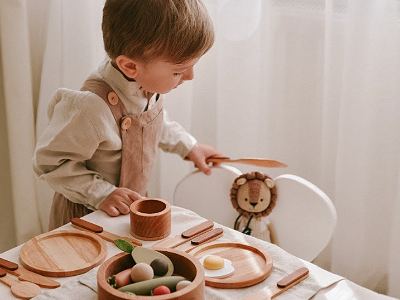

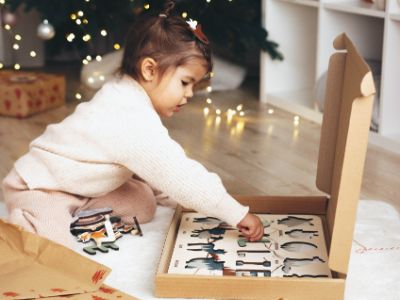
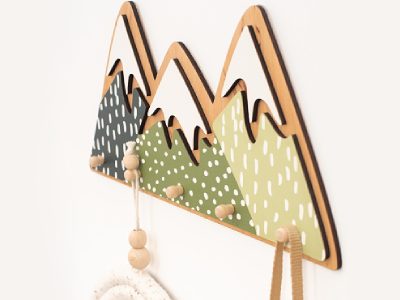
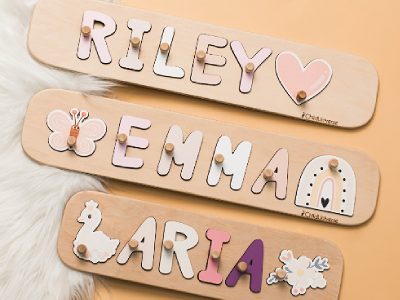






As a mother of a two-year-old, it was very important for me to find out what of my behavior could be inhibiting my daughter’s creativity. Thank you, ChildUniverse!!
This article is a valuable resource for parents seeking to cultivate creativity. Thank you!
As a parent, I’m grateful for the practical suggestions to nurture creativity.
I hope the open-ended activities sparked my child’s imagination, making every day an adventure :)
An article that truly changes perspectives on child development. Encourages thoughts and actions for better nurturing and supporting creativity. 👏🌈
Very informative article! Clearly explains the importance of fostering creativity in children. Practical tips make it easy to incorporate into daily life. Highly recommend to all parents! 🌟👨👩👧👦